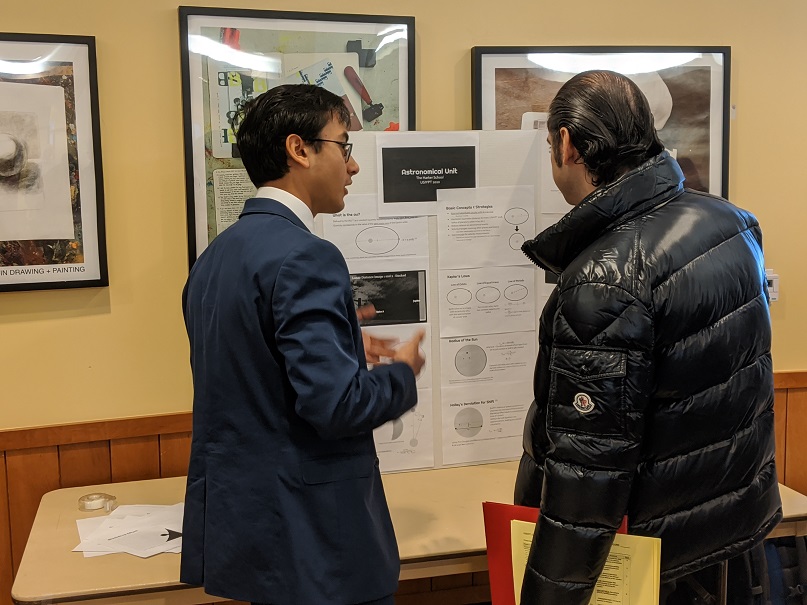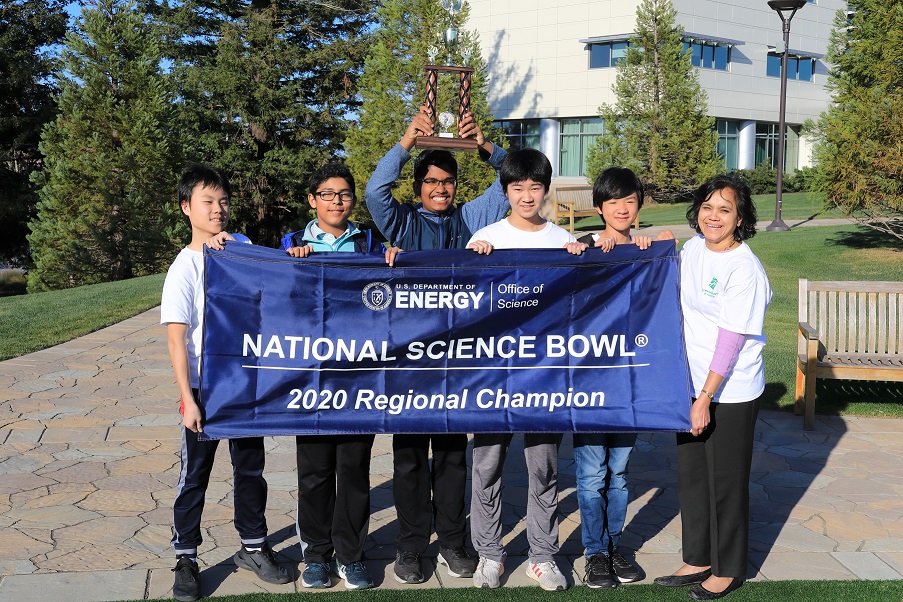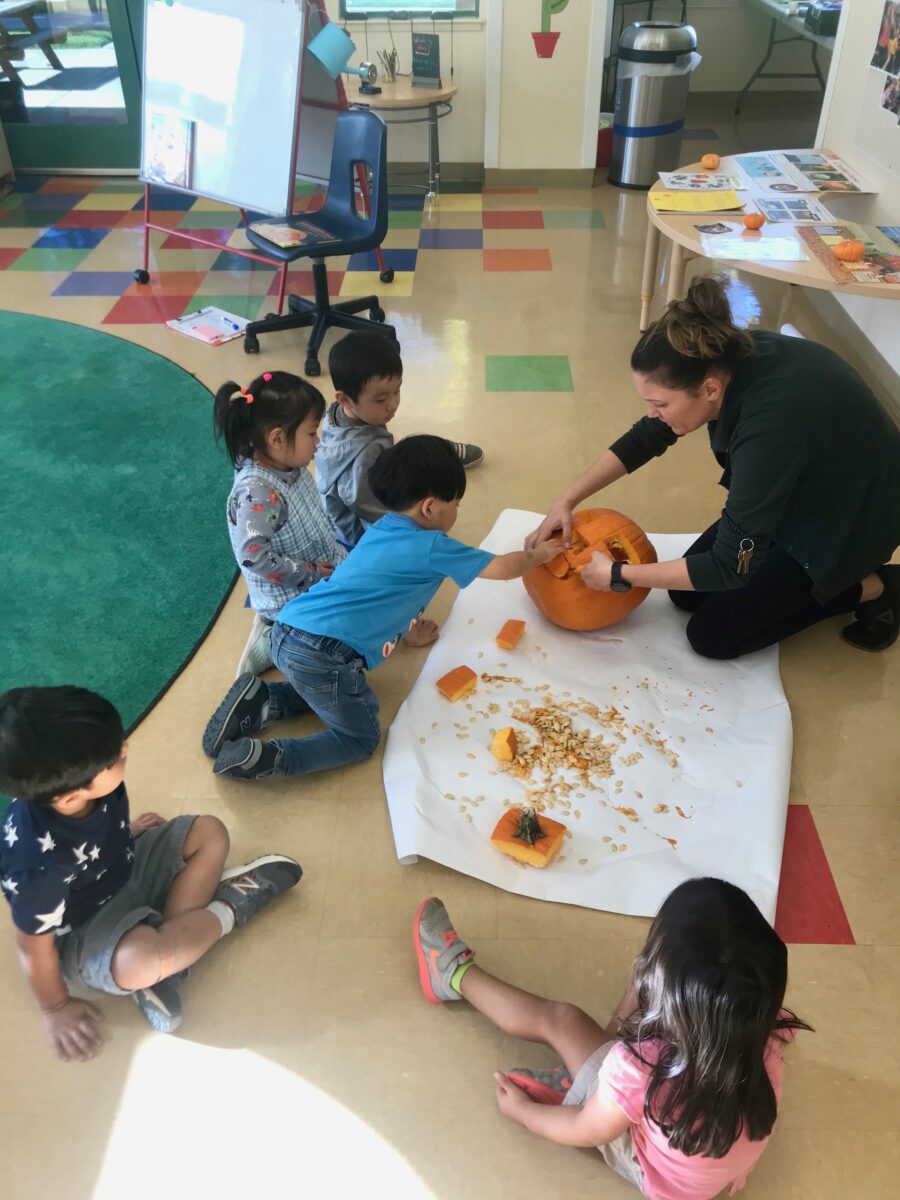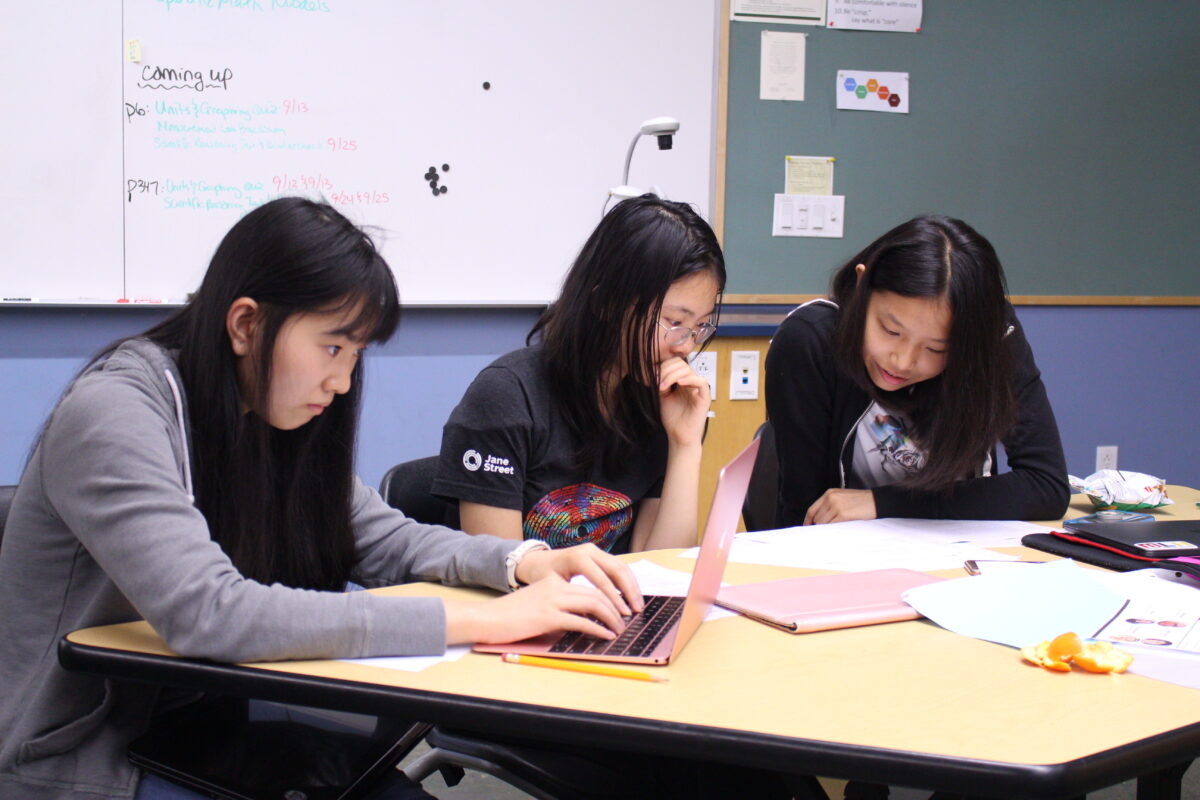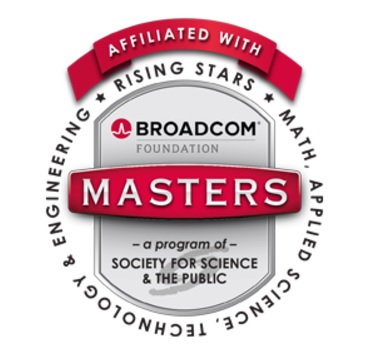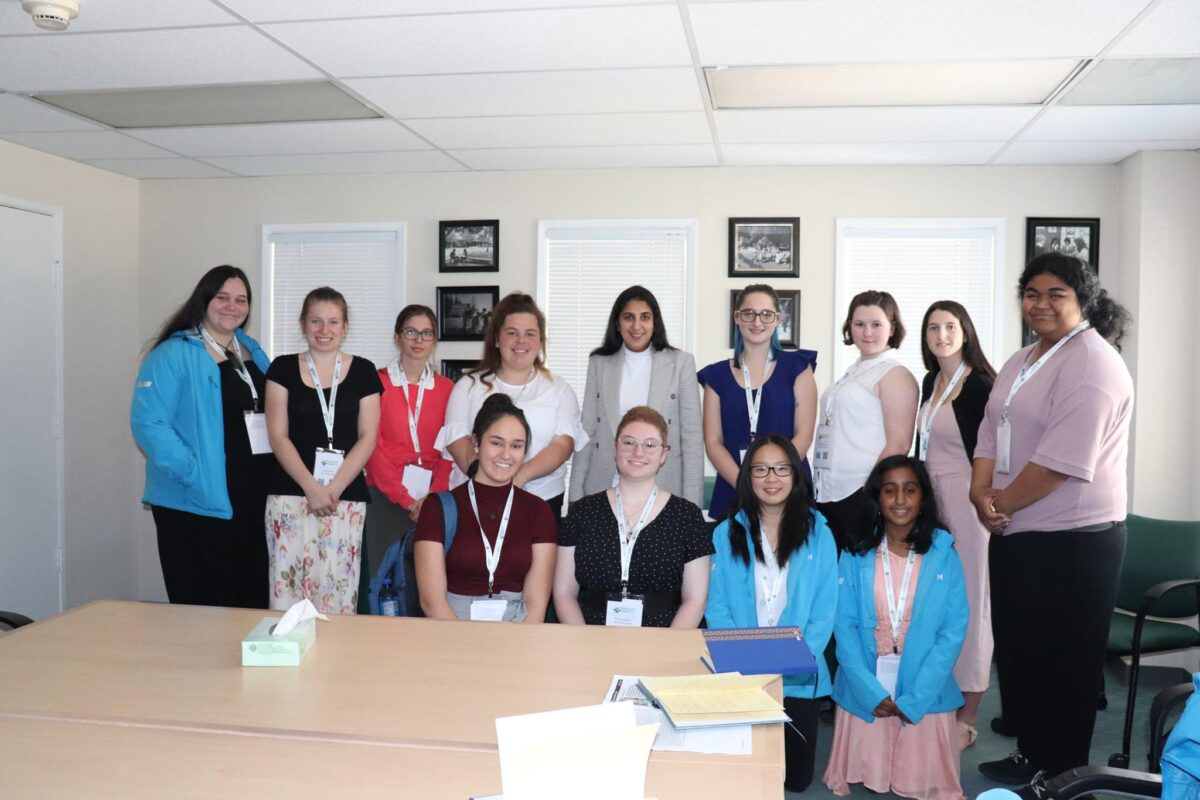topscience
Middle school Science Bowl team takes regional, headed to national finals
Middle school students became regional champions at the U.S. Department of Energy’s Middle School Science Bowl, held Feb. 22 at the SLAC National Accelerator Laboratory.
Senior’s UCSF internship research published in Nature, covered by The Atlantic
Harker preschoolers carve pumpkins, learn the cycle of plant life reading ‘Pumpkin Jack’
Harker preschoolers had a delightful pre-Halloween activity, reading the book ‘Pumpkin Jack’ and carving their own pumpkins!
[UPDATED] Voting now open for 3M Young Scientist Challenge Improving Lives Award
As a top 10 finalist in this year’s 3M Young Scientist Challenge, eighth grader Reshma Kosaraju is eligible to win the Improving Lives Award. Voting is now open!
Harker Programming Club hosts Girls Programming League Challenge
The Harker Programming Club hosted the second Girls Programming League Challenge, in which 100 girls from around the Bay Area took part in a coding contest and attended talks by a wide variety of guest speakers.
[UPDATED] Student Brian Chen named Broadcom MASTERS finalist
Brian Chen is headed to Washington, D.C.! The freshman was named as a finalist in the 2019 Broadcom MASTERS competition.
Visit from students from New Zealand kicks off joint effort to increase STEM participation among young women
Six finalists and one semifinalist in ProjectCSGIRLS Competition
Junior wins Intel Foundation Young Scientist Award at Intel ISEF
In mid-May, junior Allison Jia was named one of two winners of the Intel Foundation Scientist Award at the Intel International Science and Engineering Fair.
